Have you ever wanted to cook a traditional Italian dish, but found that Pecorino Romano cheese was hard to find or too expensive?
Luckily, there are alternatives to Pecorino Romano cheese that can provide the same sharp, salty flavor at a fraction of the cost.
From Parmesan and Asiago to Feta and Ricotta Salata, these substitutes offer an easy way to add an unmistakable Italian flair to your recipes.
What is Pecorino Romano Cheese?
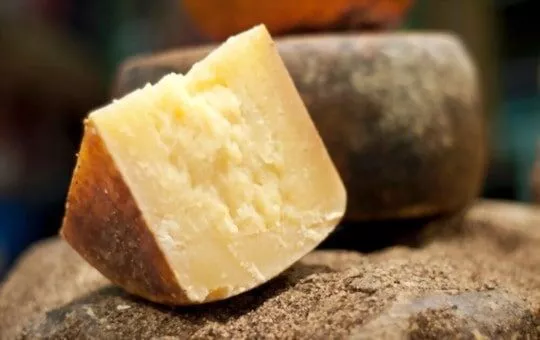
Pecorino Romano is a hard, sharp sheep’s milk cheese from the Lazio region of Italy. It is often used in grated form as a finishing ingredient for pasta dishes like carbonara and cacio e pepe or as a topping for pizza.
The pale yellow cheese has a signature salty flavor that distinguishes it from other types of cheese. Its robust flavor profile makes it ideal for adding depth to dishes without overpowering them.
While it may be difficult or costly for some people to obtain this type of cheese, there are plenty of alternatives available that can provide the same zesty kick as well as tremendous value.
The 8 Best Substitutes For Pecorino Romano Cheese
When searching for a substitute for Pecorino Romano cheese, it’s important to find one that has similar characteristics in terms of texture and flavor profile. Here are eight great options:
1 – Parmesan
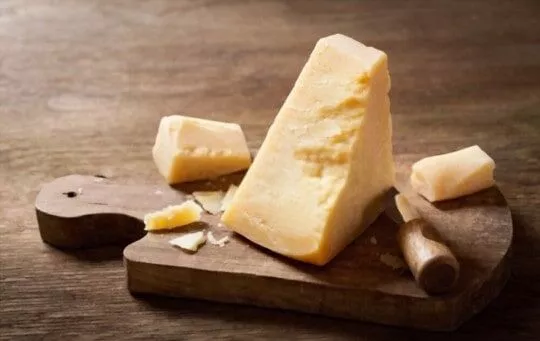
A staple in Italian cuisine, Parmesan is an aged cow’s milk cheese made in northern Italy with origins tracing back many centuries ago.
It offers a nutty flavor with subtle sweet notes and boasts an impressive crystalline texture due to its long aging process (over 18 months).
This makes it an excellent choice for those seeking the same salty bite from Pecorino but without sacrificing any creaminess or smoothness.
Moreover, Parmesan shares many similarities with Pecorino in terms of nutritional content, offering essential vitamins and minerals such as calcium, zinc, phosphorus, and magnesium.
Finally, its low moisture level allows it to remain firm enough when grated; hence making it easy to sprinkle on top of salads or pastas alike.
2 – Asiago
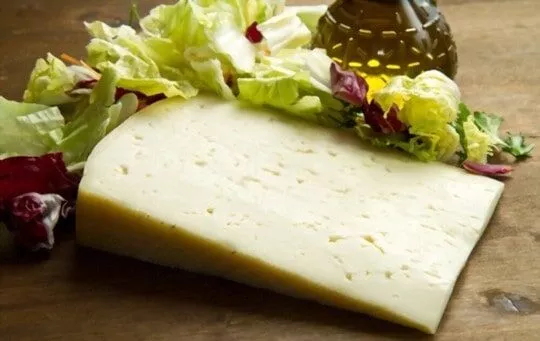
This hard cheese hails from northern Italy’s Veneto region and boasts a semi-firm texture with delicious flavors ranging from mild grassy tones when young (up to 6 months) all the way up through nuttier more complex notes when aged (over 1 year).
Impressively versatile in nature, Asiago excels both when grated over dishes but also melts nicely so you can include it into sauces or fondues alike.
The distinct salty aftertaste rounds out this wonderful alternative perfectly ensuring you will not miss out on any deliciousness due to the absence of the original Pecorino Romano Cheese!
3 – Feta
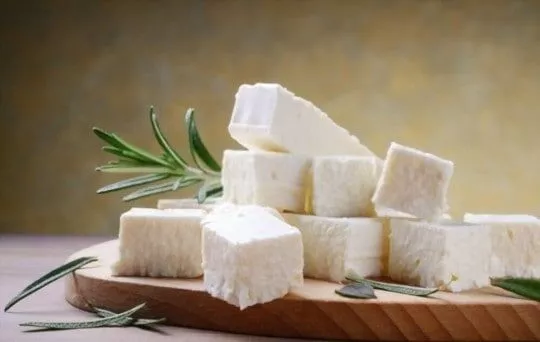
Whether incorporated into classic Greek salads or crumbled over savory pies such as spanokopita; feta provides another almost perfect substitute for Pecorino Romano Cheese thanks mainly due its briny taste derived from its curing process which takes place exclusively in salt water brine solution!
Feta comes available both as blocks as well as packaged crumbles making this super versatile product ideal both if you need smaller pieces (such as toppings) compared with larger chunks (perfect when melted inside recipes).
Furthermore, feta offers lower fat content than most cheeses while at the same time providing a substantial amount of essential vitamins such as Vitamin B6 & B12 along with essential minerals like Iron which further enhance its health benefits credentials!
4 – Ricotta Salata

This unique variation on traditional ricotta differs mainly by being salted unlike its counterpart, therefore, imparting a sharper taste profile that pairs beautifully with salad greens or even smoked fish!
Thanks mainly again due to its curing process Ricotta Salata contains less moisture than regular ricotta allowing them then being pressed into wheels giving them its recognizable disc shape making them easier to be sliced up prior to use either over pastas or pizzas alike!
Nutritional wise Ricotta Salata stands strong by providing substantial amounts of protein while at the same time containing virtually no carbs further boosting its versatility potential regardless of your dietary needs!
5 – Manchego

Originating in Spain’s La Mancha region; Manchego is one seriously tasty semi-hard sheep’s milk-based cheese boasting earthy tones blended seamlessly together alongside bolder nutty undertones making each bite quite memorable!
Thanks mainly due to their long aging period between 2-12 months depending on variety; Manchego develops a nice deep yellow hue accompanied by small cracks all around the surface giving away its distinctiveness further enhanced after tasting where buttery sweet tones mix up nicely together enhancing your recipes immensely!
Nutritionally speaking Manchego stands strong by providing generous amounts of healthy fats along with B vitamins plus additional minerals like Calcium & Potassium needed for our bodies day-in day-out function properly!
6 – Grana Padano

Another popular hard Italian cheese, Grana Padano is a cow’s milk cheese produced in the Po Valley region of northern Italy. It is similar in texture to Parmesan but with a milder flavor profile, making it a great substitute for those who prefer a less sharp taste.
Grana Padano also boasts a long aging process (up to 2 years) which results in a granular texture that is perfect for grating over pasta dishes or salads.
In addition to being a delicious substitute for Pecorino Romano, Grana Padano is also a great source of protein and calcium.
7 – Kefalotyri
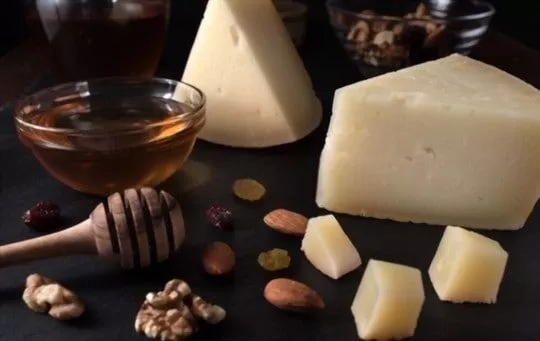
This hard, salty cheese is a staple in Greek cuisine and makes a great substitute for Pecorino Romano in dishes like spanakopita or moussaka.
Made from sheep or goat milk, kefalotyri has a crumbly texture and a rich, tangy flavor that can add depth to any dish.
It also melts well, making it a great choice for adding to baked dishes or topping pizzas. Nutritionally, kefalotyri is a good source of protein and calcium.
8 – Sbrinz
This hard cheese from Switzerland is made from cow’s milk and has a sharp, nutty flavor that makes it a great substitute for Pecorino Romano.
It has a hard, dry texture and is typically grated over pasta dishes or used as a table cheese. Sbrinz is also a good source of protein and calcium, and its long aging process (up to 3 years) gives it a distinctive flavor profile that can enhance the taste of any recipe.
Conclusion
In conclusion, if you cannot find or afford Pecorino Roman Cheese don’t worry because there are plenty of fantastic substitutes out there ready to help deliciously spice up your cooking routine!
From practical staples such us Parmesian & Fetato to more exotic choices such as Asiago & Manchego rest assured whatever option you decide on will impress everyone at the dinner table instantaneously!
Furthermore, these eight options come packed full of nutritious benefits complemented beautifully by their unmistakable taste profiles ensuring everyone enjoys each meal guilt-free! So why not give these amazing cheeses a try today & unleash their full potential?
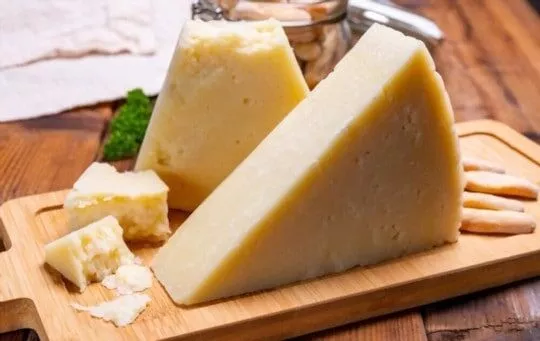
The 8 Best Substitutes for Pecorino Romano Cheese
Ingredients
- Parmesan
- Asiago
- Feta
- Ricotta Salata
- Manchego Cheese
- Grana Padano
- Kefalotyri Cheese
- Sbrinz
Instructions
- Pick your favorite substitute from the list above.
- Follow cooking directions for your selected substitute with the proper ratio of ingredients.
Jenny has always been passionate about cooking, and she uses her platform to share her joy of food with others. Her recipes are easy to follow, and she loves giving tips and tricks to help others create their own unique culinary creations.

